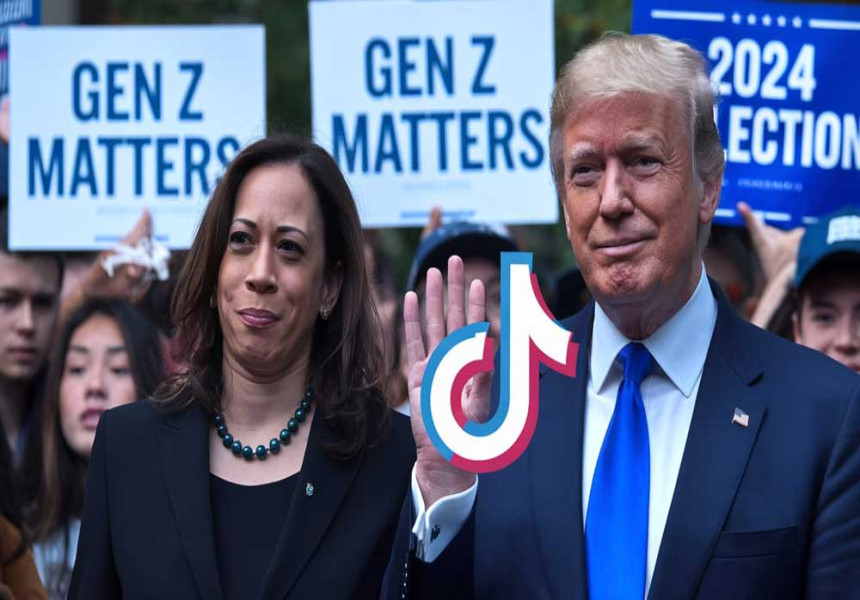TikTok Becomes Key Platform for Harris and Trump Campaigns to Engage Gen Z
As the 2024 presidential election draws near, both the campaigns of Vice President Kamala Harris and former President Donald Trump are increasingly utilizing TikTok to connect with Gen Z voters. This demographic, known for its digital savviness and social media engagement, has become a crucial target for political outreach. Recent data from CredoIQ reveals a notable trend: viral conservative content has begun to surpass progressive content on the platform, particularly at the start of October.
TikTok: A New Frontier for Political Engagement
TikTok, recognized for its short, engaging video format, has emerged as a vital battleground for political campaigns aiming to resonate with younger audiences. The Harris campaign has effectively harnessed this platform, employing a dedicated team that understands the nuances of TikTok culture. Since her nomination, Harris has ramped up her presence on the app, sharing content that not only critiques her opponents but also aligns with the interests and values of Gen Z. In contrast, the Trump campaign has been slower to adapt to TikTok’s unique environment. Although it launched its account earlier this year and has increased posting frequency in recent weeks, it faces challenges in generating engagement comparable to that of Harris's team. Despite boasting nearly 10 million followers on TikTok, Trump’s content often struggles to connect with younger users who are increasingly critical of his policies.
Engagement Trends Highlight Shifts in Political Messaging
Recent analysis indicates significant differences in engagement levels between content targeting Trump and that aimed at Harris. Videos criticizing Trump have amassed approximately 270 million interactions over the past two months, far exceeding the 102 million interactions garnered by anti-Harris content. This trend suggests that negative portrayals of Trump resonate more effectively with users on TikTok, reflecting broader patterns observed across social media platforms where negative content tends to attract more attention. Polls further illustrate Harris’s appeal among younger voters, showing her leading Trump by a margin of 56% to 35% among registered voters aged 18 to 29. Analysts attribute this advantage to Trump’s controversial positions on issues such as immigration and abortion, which have alienated many young voters and complicated his campaign efforts on platforms like TikTok.
The Influence of Content Creators
Both campaigns are also leveraging popular content creators to enhance their outreach. The Harris campaign has successfully collaborated with well-known TikTok influencers who resonate with Gen Z audiences, amplifying their messages through relatable and entertaining formats. Conversely, while Trump’s campaign has engaged high-profile influencers like Jake Paul and Logan Paul, it appears less effective in fostering genuine grassroots support among younger users.
As both campaigns navigate the complexities of TikTok and its audience dynamics, it is evident that engaging Gen Z requires more than just a presence; it demands a deep understanding of the platform's culture and an ability to create compelling content that speaks directly to young voters' concerns. With Election Day fast approaching, how effectively each campaign can adapt its strategy on TikTok may prove pivotal in capturing the youth vote and influencing the overall election outcome. As political engagement increasingly shifts to digital platforms, TikTok stands out as a critical arena for shaping the future of American politics.









